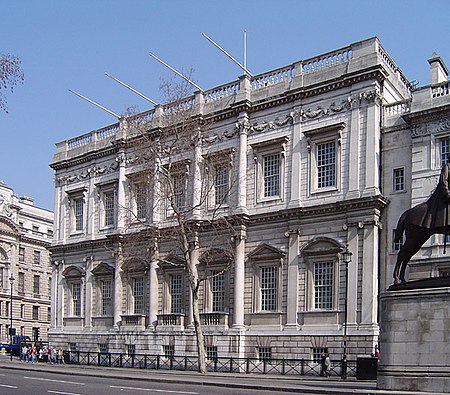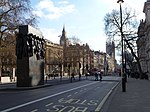Banqueting House, Whitehall

The Banqueting House, Whitehall, is the grandest and best known survivor of the architectural genre of banqueting house, which were constructed for elaborate entertaining. It is the only remaining component of the Palace of Whitehall, the residence of English monarchs from 1530 to 1698. The building is important in the history of English architecture as the first structure to be completed in the neo-classical style, which was to transform English architecture.Begun in 1619 and designed by Inigo Jones in a style influenced by Andrea Palladio, the Banqueting House was completed in 1622 at a cost of £15,618, 27 years before King Charles I of England was beheaded on a scaffold in front of it in January 1649. The building was controversially re-faced in Portland stone in the 19th century, though the details of the original façade were faithfully preserved. Today, the Banqueting House is a national monument, open to the public and preserved as a Grade I listed building. It is cared for by an independent charity, Historic Royal Palaces, which receives no funding from the British Government or the Crown.
Excerpt from the Wikipedia article Banqueting House, Whitehall (License: CC BY-SA 3.0, Authors, Images).Banqueting House, Whitehall
Whitehall Gardens, City of Westminster Covent Garden
Geographical coordinates (GPS) Address External links Nearby Places Show on map
Geographical coordinates (GPS)
| Latitude | Longitude |
|---|---|
| N 51.5044 ° | E -0.1256 ° |
Address
Banqueting House
Whitehall Gardens
SW1A 2ET City of Westminster, Covent Garden
England, United Kingdom
Open on Google Maps










